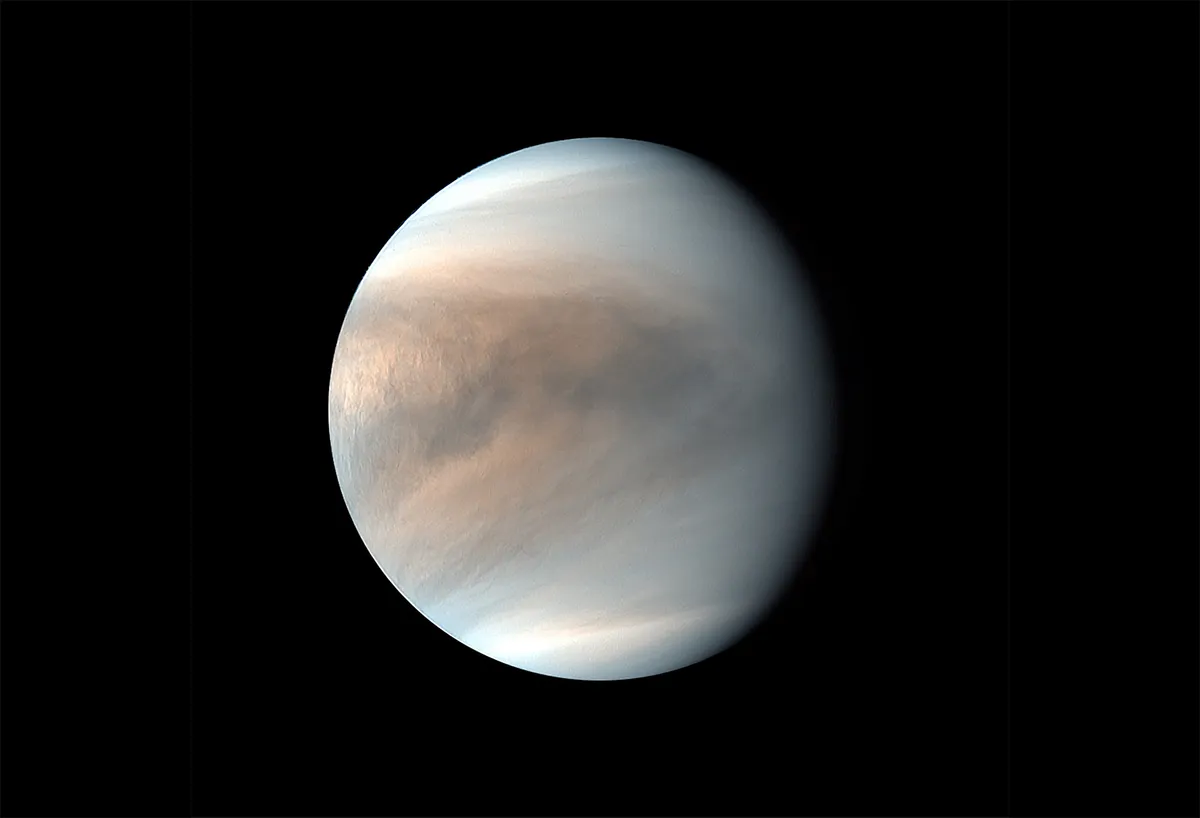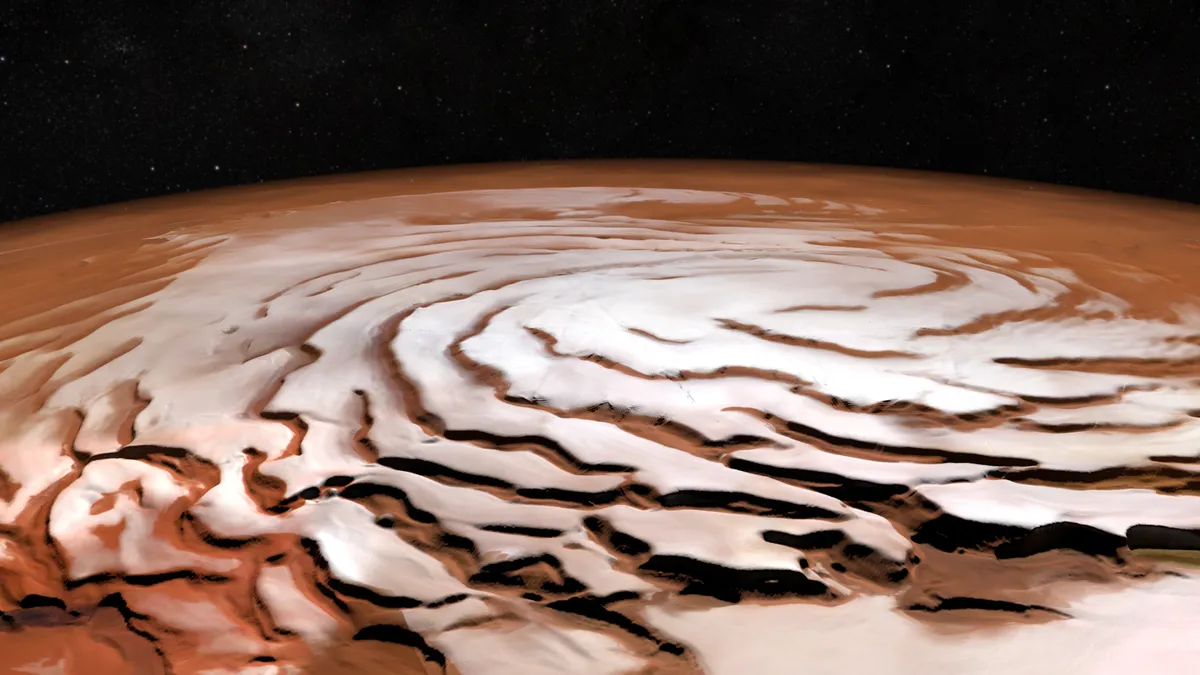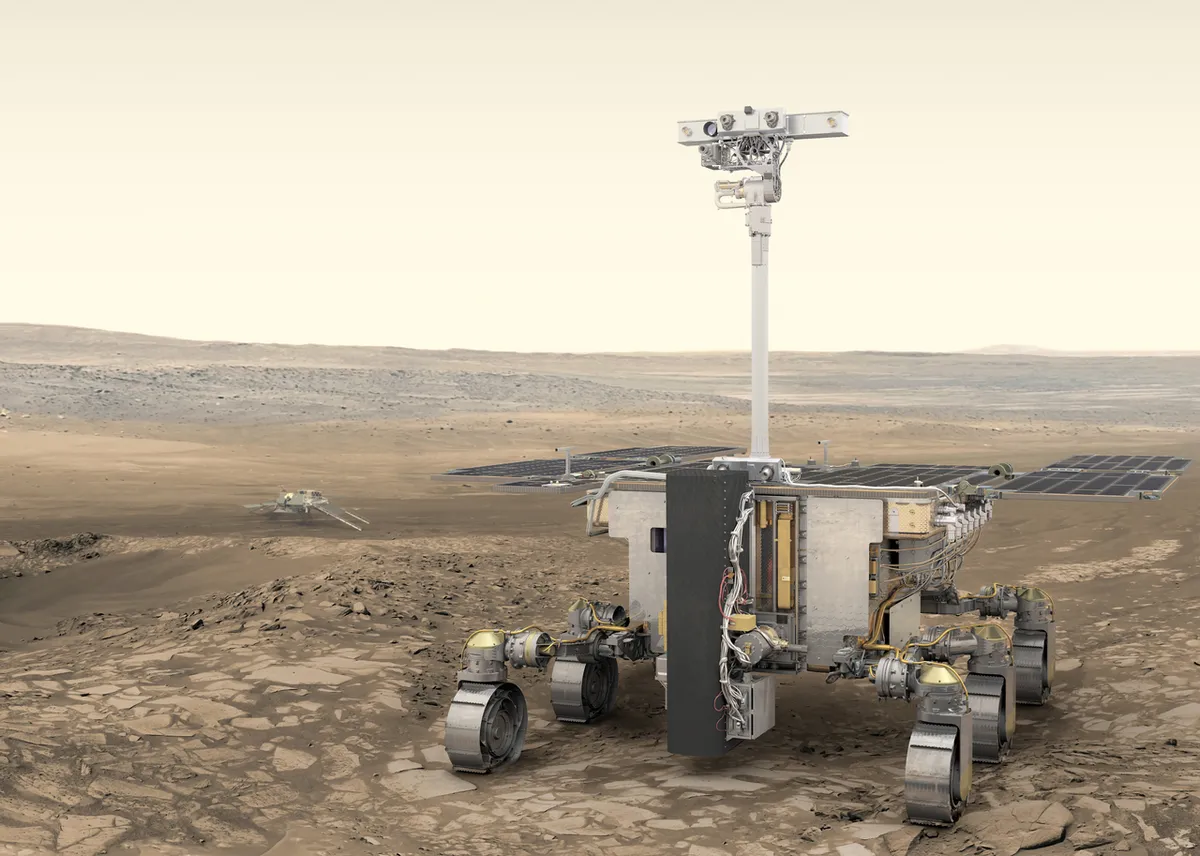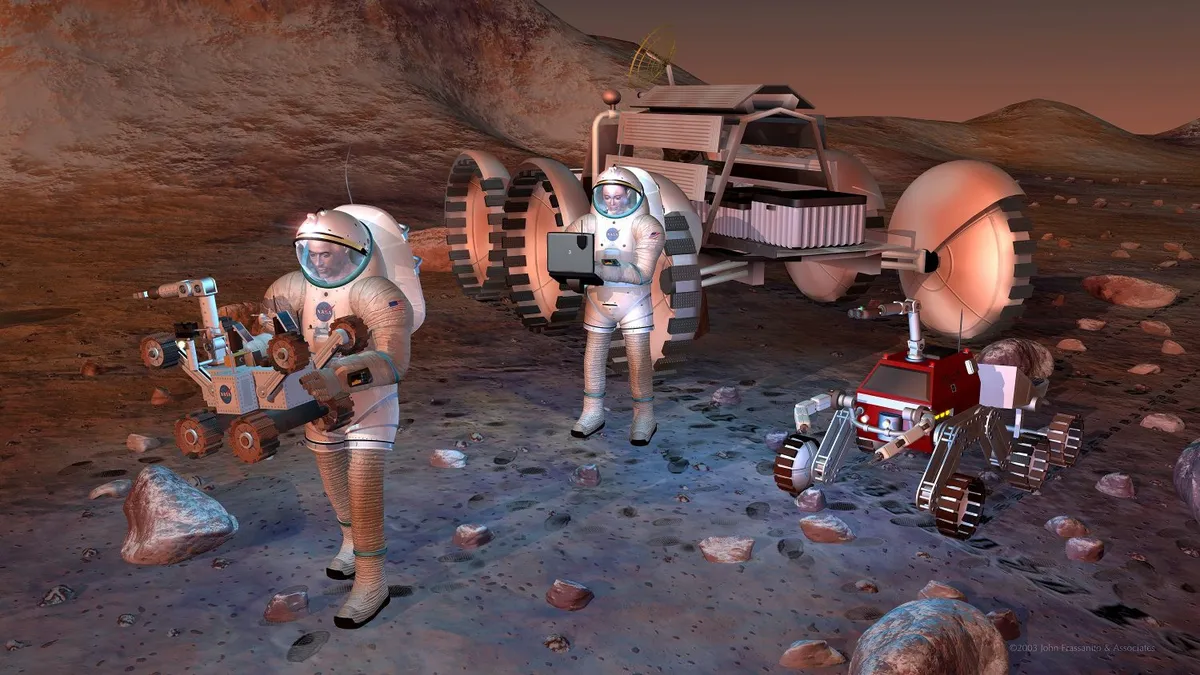In the autumn of 1961 I went to Cambridge University, where I had been asked to give a lecture about the chances of travel to the planets.
I know what I said, because for some reason or other it was recorded.
I found the tape the other day and in the light of modern research it sounds rather curious.
Of course, in 1961 planetary space research was still at an early stage, but it did seem to be encouraging. I said – quite correctly – that so far as human spaceflight was concerned the only planets within ‘reasonable’ range were Venus and Mars.
However, I then went on to say that Venus might well turn out to be the more promising of the two.

The theory of an oceanic Venus, supported by Fred Whipple and Don Menzel, was a popular one: we thought we might find a world which was not unbearably hot, and where life might have appeared in the seas, just as it did on Earth so long ago.
Mars, on the other hand, was cold, dry, lifeless and more or less airless, with polar caps built up on an inch-thick layer of solid carbon dioxide.
As we now know, the surface temperature on Venus is intolerable, the carbon dioxide atmosphere produces a crushing surface pressure, and far from being aqueous, the clouds are rich in sulphuric acid.
As I have said before, anyone going to Venus must be prepared to be fried, squashed, poisoned and corroded.
This brings us back to Mars, which is less unattractive than it seemed to be in 1961.
Mars is shedding water far quicker than we thought

There is only a tenuous atmosphere, but the thick polar caps are due mainly to water ice, and there is a definite chance of low-type life, even though Percival Lowell’s canal builders have been consigned to the realms of myth.
Controlled landings have been made, and as I pen these words, NASA’s Spirit and Opportunity rovers are moving around, sending back superb images and masses of data.
We have learned a great deal since I gave that talk at Cambridge.
What we have not done is to find out whether or not Mars is totally sterile, and here the rovers cannot help us.

Meanwhile, our own mission, Beagle 2, sent back no signals after landing.
Further missions have not only been planned, but funded.
They are not cheap, but a robot probe costs less than a nuclear submarine, while the money spent on operations in occupied Iraq would fund all space research well into the 22nd century, and perhaps even the 23rd.
The most ambitious vehicle so far described is the brainchild of the European Space Agency.
It is known officially as ExoMars, though it seems to have acquired the name of Bridget. Launch is scheduled for 2011, with touchdown on Mars in 2013.
The complete spacecraft will consist of a carrier module and a descent module, launched by a Soyuz-Fregat vehicle.

Separation will occur after the two-year ‘cruise’ from Earth to Mars, and the descent module will land in a suitable area, yet to be chosen.
The six-wheeled rover will then be deployed, and begin its long research programme.
Its instruments will include some designed specially to search for life.
There will be a drill able to penetrate 6ft (2m) below ground level, which will carry a ‘life marker chip’.
This will contain biological molecules which can easily combine with other organic molecules as soon as they come into contact.
If Martian organisms do exist, they are likely to be below the surface, shielded from the radiation which bombards Mars constantly.
Of course, by the time ExoMars begins its search, the earlier probes may have told us whether any traces of life really are present.

Why search for life on Mars?
Since we cannot hope to find anything as intelligent as a worm, some people will certainly wonder why we are so interested.
The answer is quite straightforward: we know that many stars possess planetary systems and that there must be many planets where life could appear.
But even if it could appear... will it?
If it has done so on Mars, the answer is ‘yes’ and it follows that life is almost certainly common all over the Universe.
We will have to admit that there is nothing unusual about the Earth, or about ourselves, and we will be forced to do some radical rethinking.
I wonder how our learned religious leaders would react? They would have to face up to some very knotty problems.

If the plans for sending humans to Mars go ahead, we must decide whether there are any insuperable objections.
Technically, it may be said that there are not, but radiation is a serious threat.
Humans have stayed in orbiting stations for many months without suffering serious harm, but circling a few tens of miles above the Earth cannot be compared with a journey millions of miles into space.
If an emergency arises, the Martian traveller cannot turn round and come home; there can be no Apollo 13-type manoeuvre.
The fact is that if we aim for Mars, we must realise that there will be casualties, and public opinion has to be taken in to account.
Fewer people have lost their lives in the early period of astronautics than in the corresponding period of aeronautics, but what would have happened if Apollo 11 and Apollo 12 had crashed?

Would Apollo 13 ever have been launched? We might have called a halt to all lunar missions for a long time.
And if there had been another Shuttle disaster soon after the loss of the Challenger, the whole space programme would unquestionably have been jeopardised.
This will apply equally to Mars missions: one disaster, maybe two, but not three.
It is easy to be over-pessimistic. It is equally easy to be over-optimistic, as many people were after the successes of Apollo.
It was then widely believed that a Martian base would be ready by 2010.
Today we think differently, and there is a nagging fear that we may stumble upon a problem which will cause an indefinite delay.
We must ‘wait and see’, but whoever is writing these columns in 2026 should be able to give a much better estimate than I can in 2006.
This article originally appeared in the September 2006 issue of BBC Sky at Night Magazine.

